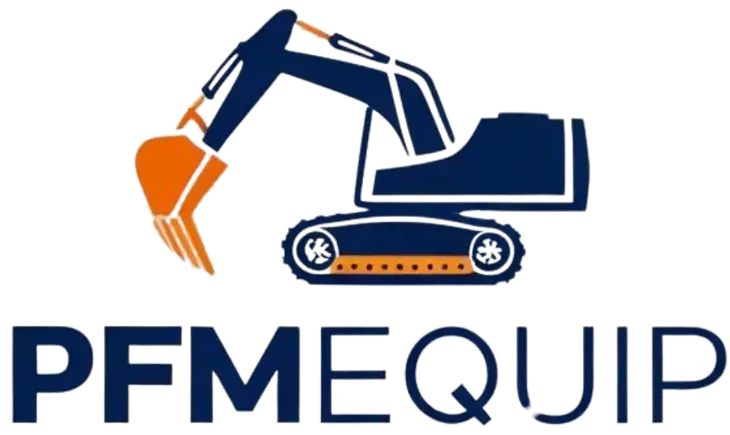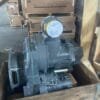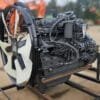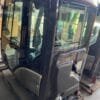Things to Consider When Buying a Used Construction Machine
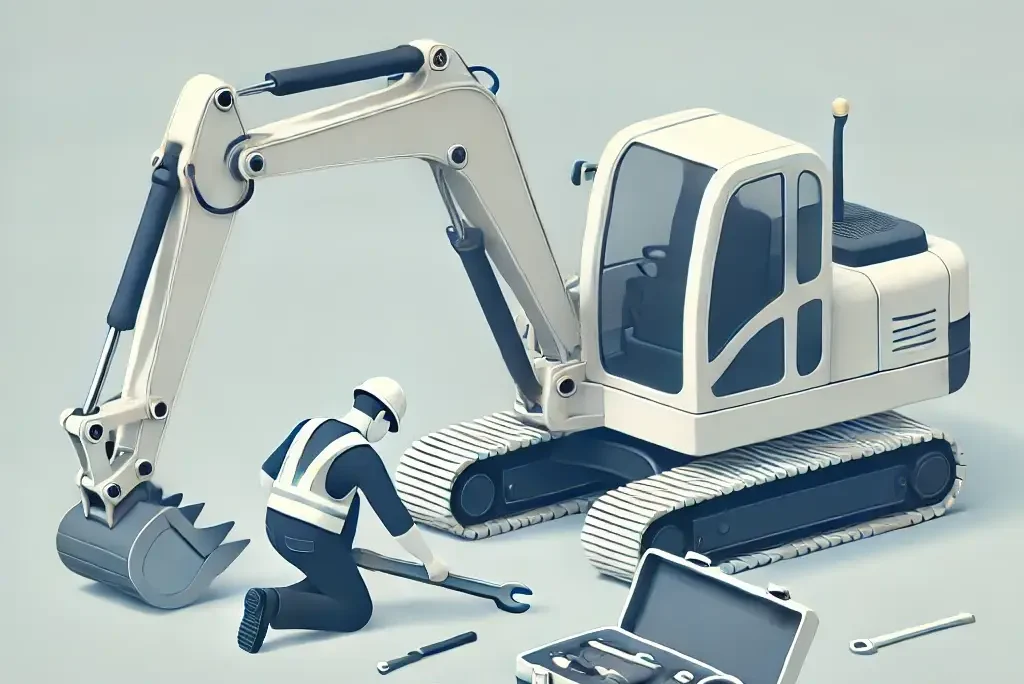
Managers in construction and mining projects using heavy construction machines often facing with high costs. For long-term projects, owning a construction machine may be more cost-effective than renting. While new machines have minimal risk, used ones should consider some essential factors.Please check the most important factors down below while trying to buy a used equipment.
1. General Condition of the Machine
✅ Exterior Appearance and Physical Condition:
• Check for serious damage, cracks, rust, or misalignment in the chassis, cabin, and main components.
• Are there any welded repairs? If so, this could indicate significant past damage.
✅ Operating Hours:
• Construction machines are evaluated based on operating hours rather than mileage.
• Machines that have operated for more than 8,000-10,000 hours may require frequent and costly maintenance in the future.
✅ Oil Leaks:
• Check for oil leaks in critical areas such as hydraulic hoses, cylinders, engine, and transmission.
✅ Tires or Tracks:
• If purchasing a wheeled machine, inspect the tires for punctures or excessive wear, as replacing them can be costly.
• If buying a tracked machine, examine the tracks and undercarriage for wear or damage.
2. Engine and Mechanical Components
✅ Engine Condition:
• Check if the engine struggles during startup.
• The color of the exhaust smoke is important:
- Black smoke: Possible fuel mixture issue
- Blue smoke: Could indicate oil burning
- White smoke: Coolant may be burning
✅ Transmission and Gear Shifts:
• Ensure smooth gear transitions; a well-functioning machine should have seamless shifting.
• Check for shaking, hesitation, or vibrations while moving.
✅ Hydraulic Systems:
• Verify that hydraulic arms and pistons operate smoothly.
• Ensure sufficient hydraulic pressure and check for leaks.
3. Work History and Documents
✅ Previous Usage:
• Machines used in construction, mining, or heavy industry may experience more wear and tear. On the other hand, those used for lighter tasks may be in better condition, but this does not guarantee their overall state.
✅ Maintenance Records and Service History:
• Check if the machine has a regular maintenance history.
• Confirm whether maintenance was performed by an authorized or independent service provider.
✅ Chassis and Engine Number Verification:
• Ensure the chassis and engine numbers match those in the registration documents.
• Verify with the relevant authorities to ensure the machine is not stolen.
4. Electrical and Hydraulic System Inspections
✅ Electrical System:
• Check if headlights, indicators, and the dashboard display are working.
• Ensure the battery is in good condition.
✅ Hydraulic Controls:
• Verify that arms and pistons move properly.
• Check if hydraulic pressure is stable and free from leaks.
5. Test Drive and Trial Operation
• Testing the machine in person is the best way to evaluate its condition.
• Start the engine and let it idle for a few minutes. Are there any unusual vibrations or sounds?
• Test different functions:
- Raising/lowering the bucket or shovel
- Extending the telescopic boom
- Steering and braking performance
- Hydraulic movements
